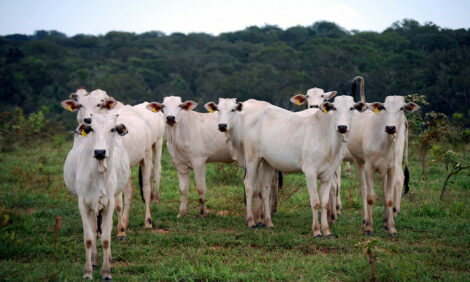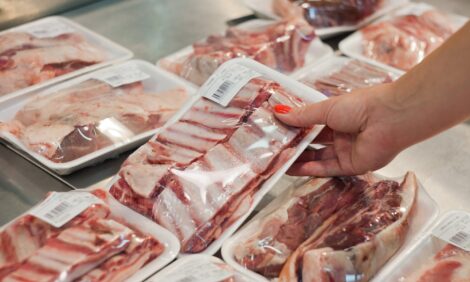



Importance of Migrant Labour to Scottish Abattoirs Highlighted
SCOTLAND, UK - The important role played by migrant labour in the Scottish red meat industry supply chain has been highlighted in the results of a survey of Scottish abattoir operators revealed on Monday, 3 April.A survey of members of the Scottish Association of Meat Wholesalers (SAMW), undertaken for QMS, reveals a “significant dependence” on migrant labour.
“The research conducted in recent weeks shows 52 per cent of the unskilled workforce, 44 per cent of the skilled workforce and 16 per cent of supervisory and management staff to be non-UK nationals,” said Jim McLaren, Chairman of Quality Meat Scotland (QMS).
The factors behind this reliance on non-UK labour may include a perceived unwillingness of Scottish nationals to take on jobs which may involve unsocial hours, particularly in the slaughter sector, or in a work environment that includes working in chills or areas kept cool for food safety reasons and with a need to wear specialist personal safety equipment.
“Additionally, many meat processing businesses are located in areas with unemployment levels below the national average - for example, Aberdeenshire, Moray, Dumfries and Galloway, Perth and Kinross, Angus and Stirling.
“Abattoirs in these regions would account for some 70 per cent of the Scottish cattle and pig kill and 90 per cent of the Scottish sheep kill,” said Mr McLaren.
Looking at the wider Brexit picture Mr McLaren said QMS is well-positioned to respond to the changing dynamics of the red meat market in the wake of Brexit.
Speaking at a briefing to announce QMS’s activities plan for the coming year, he said one of the key strengths of the organisation was a structure which ensures a constant two-way flow of communication with all parts of the red meat chain.
“This organisation is surprisingly small, with just 20 staff members delivering very substantial workloads. But one of the benefits of such a tight team is that it is light on its feet and can move quickly to take advantage of opportunities for the Scottish red meat industry.”
Achieving value for money for levypayers remains a key priority in everything QMS does and this will be crucial in the coming years, when the availability to access grant funding may be challenging.
The importance of collaboration is a key opportunity highlighted in Scotland Food & Drink’s new strategy, launched in the past two weeks, said Mr McLaren, highlighting the important role played by red meat in Scotland’s overall food and drink industry.
“Now, more than ever, there is an opportunity for farmers to focus on their roles as food producers. By taking a pride in the top-quality beef, lamb and pork they work hard to produce, our farmers have huge potential to be excellent brand ambassadors and to really help to raise awareness of what sets our brands apart.
“Social media continues to grow in importance and this offers a new opportunity to farmers to have positive, constructive dialogue direct with consumers.
“With growing consumer interest in key areas such as animal welfare, health and the environment there is a huge potential for farmers, and others working in our industry, to share the positive messages,” said Mr McLaren.
’Uel Morton, QMS Chief Executive, said the organisation’s priority, in terms of budget spend, remained marketing the Scotch Beef PGI, Scotch Lamb PGI and Specially Selected Pork brands.
QMS’s budgeted external spend for the 2017/18 year is £4.66 million, down on its external spend of £5.02 million for 16/17.
“It is important to note that over 70 per cent of this external spend is allocated to marketing and other consumer-facing activities with less than 20 per cent of our spend focussed on our industry development activities,” observed Mr Morton.
“Our forecast for levy income for the year ahead is £3.95 million which is the same as for year just ended.”
The QMS team, he said, has worked hard to bring in grants, against a backdrop of tight public sector budgets.
“Grant income for the year past was £890,000. Our present forecast for the year ahead indicates an expected grant income of around £407,000,” said Mr Morton. “However, we are currently in an application window for EU grants and, at this stage therefore, not all grant income is confirmed.”
TheCattleSite News Desk


